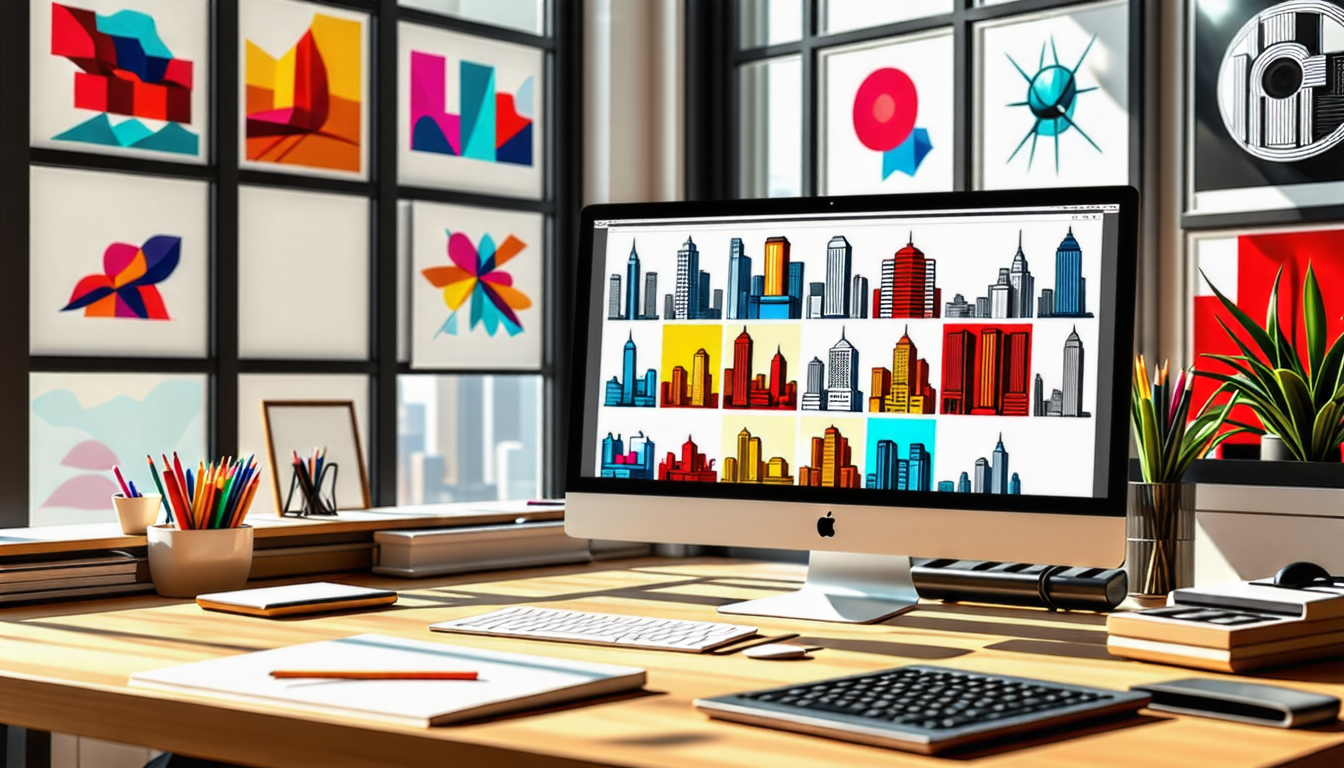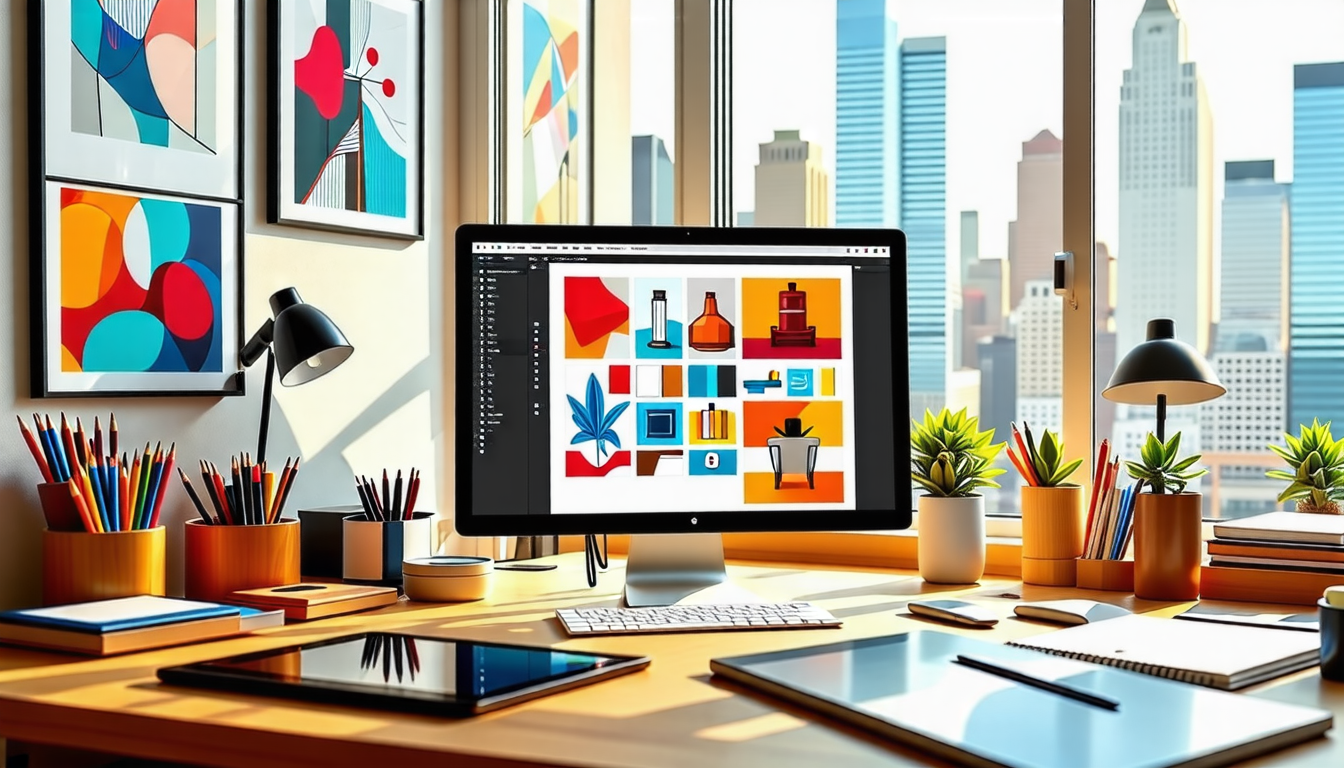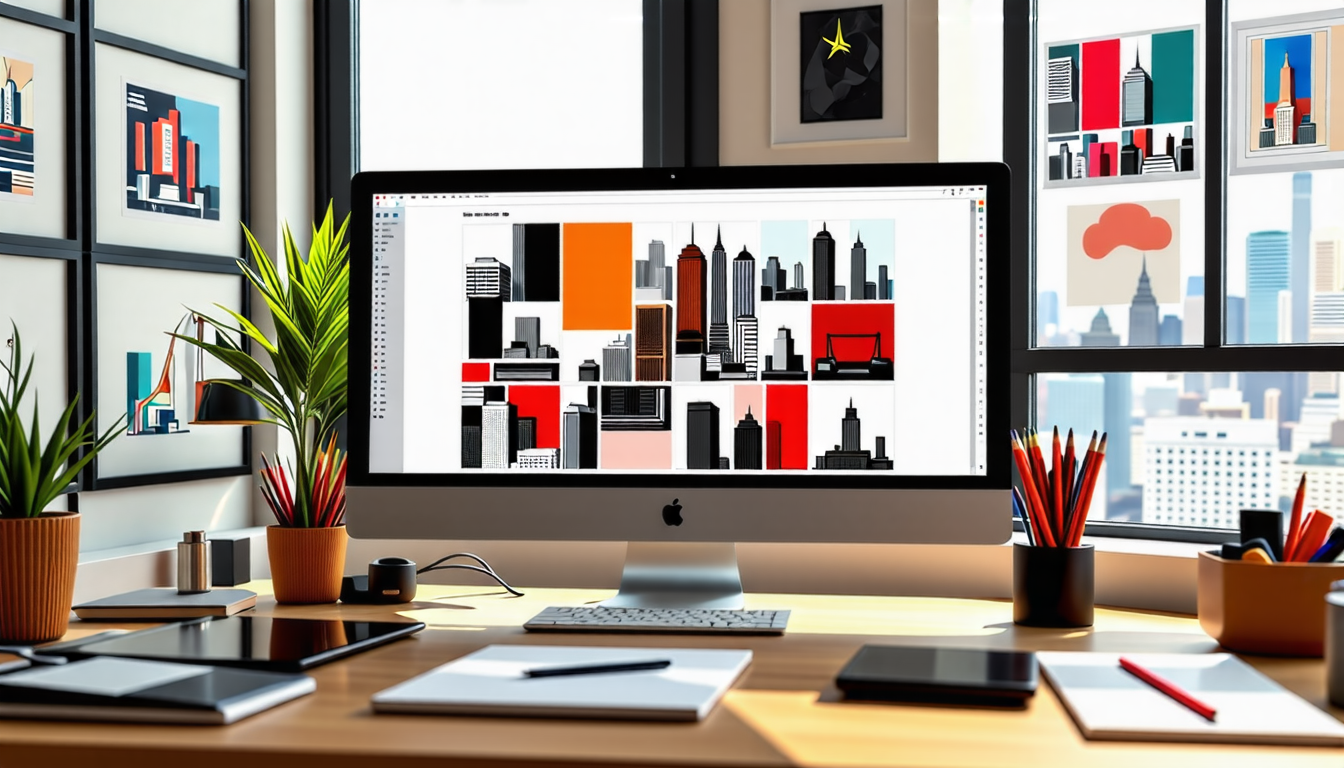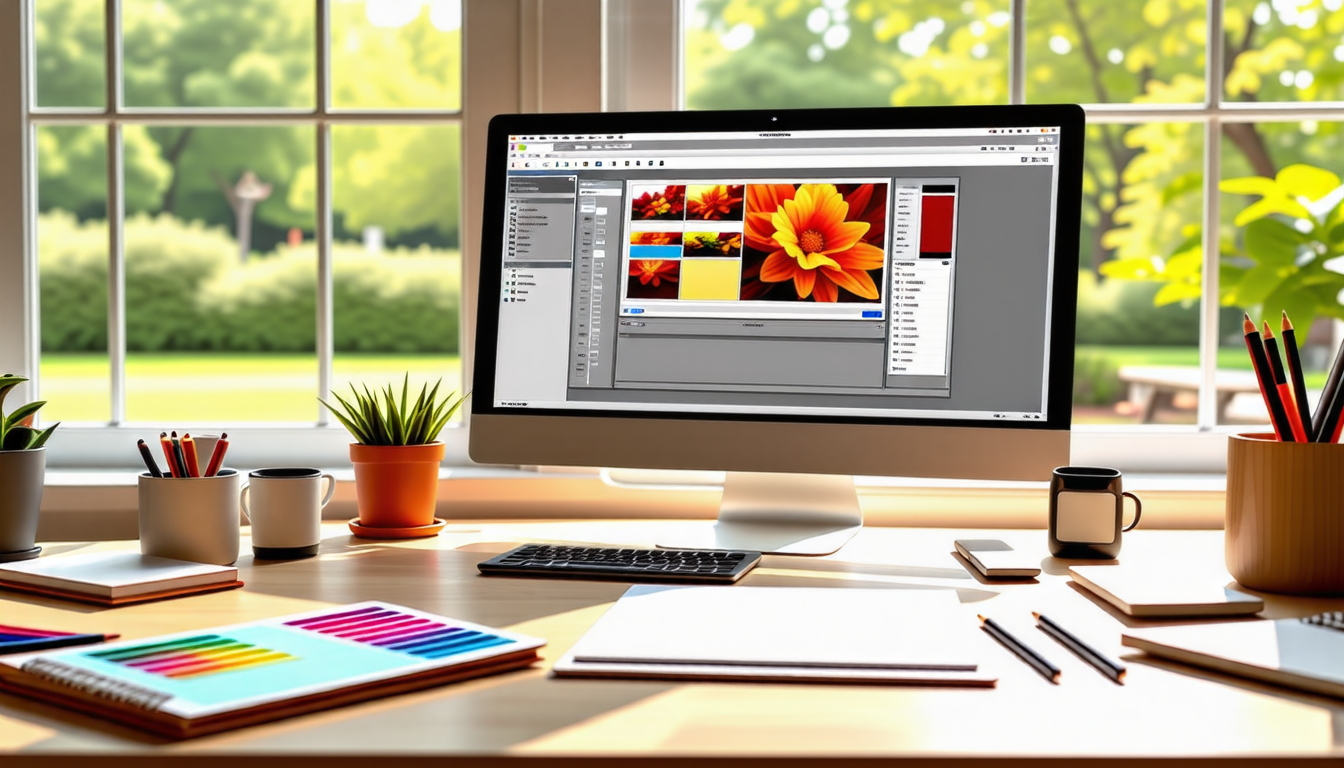|
IN BRIEF
|
Welcome to the captivating realm of digital illustration, where creativity knows no bounds and innovation thrives! As we step into 2024, a fresh wave of illustration styles is emerging, inviting artists and designers to playfully experiment with their craft. From the allure of hand-drawn textures that breathe life into characters, to the whimsical charm of clay-like 3D designs, the landscape is rich with opportunities for expression. Dive into the imaginative world where abstract perspectives and mixed media techniques challenge the conventional, sparking inspiration and intrigue at every turn. This exploration promises to unveil a vibrant tapestry of artistic possibilities, ready to ignite the passion in both creators and audiences alike.

In the ever-evolving world of digital art, staying informed about the latest trends in illustration styles is crucial for any artist or designer. With each new year, fresh techniques and aesthetics emerge, capturing the spirit of the times and often pushing creative boundaries. As we look ahead to 2024, several standout trends are making waves, worthy of exploration and experimentation.
Conclusion on Future Trends
The dynamic world of digital illustration is filled with excitement and potential as new trends continue to emerge. By exploring various styles, from minimalism to 3D and beyond, artists can find inspiration to evolve their work and engage their audiences more effectively. As the boundaries of digital art expand, the blending of traditional methods with cutting-edge technologies will undoubtedly shape the future of visual storytelling.
Mixed Media Magic
Blurring the lines between digital and traditional art forms, mixed media is gaining traction in the illustration scene. Artists are incorporating a multitude of methods such as collage, painting, and digital manipulation. This eclectic mix not only fosters creativity but also allows for a richer visual narrative.
For example, combining photography with illustration can bring forth striking contrasts and unexpected juxtapositions, resulting in a captivating piece. Additionally, this trend encourages artists to explore various materials and techniques, leading to unique outcomes that reflect personal styles.
The world of digital illustration is an ever-evolving landscape, showcasing trends that reflect both technological advancements and artistic shifts. In 2024, several notable styles are emerging that demand attention. One prominent trend is the increasing popularity of 3D illustrations, particularly those mimicking a clay-like texture. This playful style adds a tactile quality that draws viewers in and creates a sense of fun and accessibility in design.
Moreover, the resurgence of hand-drawn techniques signifies a desire for authenticity in a digital age. Illustrators are opting for imperfections, adding layers of depth and character, which make their work feel more personal. According to a recent survey, about 64% of designers have reported incorporating hand-drawn elements into their projects, emphasizing this trend’s importance.
Additionally, the utilization of negative space has gained traction, allowing for creative simplicity and effective communication within illustrations. This technique encourages artists to think critically about their compositions, and recent statistics indicate that it enhances viewer engagement by nearly 30%. Consequently, as 2024 unfolds, these styles are not only redefining what digital illustration can achieve but also transforming how audiences perceive and interact with visual narratives.
For those interested in children’s literature, exploring engaging illustrations can further amplify their impact and storytelling potential.

As we plunge into the mesmerizing world of digital illustration styles, it becomes evident that innovation knows no bounds. The canvas has evolved into a complex interplay of tradition and technology, where 3D graphics, hand-drawn textures, and mixed media converge, creating rich visual narratives. Emerging trends, such as the tactile allure of clay-like looks and the revival of retro vibes, invite artists to explore their creativity with renewed passion. Moreover, the integration of AI-generated art introduces a fascinating layer, echoing the future of artistry. Each stylistic choice, whether a whimsical doodle or an abstract masterpiece, encapsulates unique stories, beckoning artists to express their voice in the ever-evolving landscape of digital illustration.
FAQ
What are some popular digital illustration styles to explore in 2024?
R: Some trending digital illustration styles for 2024 include 3D graphics, which focus on a playful clay-like appearance, hand-drawn textures that bring an organic touch, and mixed media for a diverse visual appeal.
How can I incorporate negative space in my illustrations?
R: Utilizing negative space involves designing with the background as a pivotal component of your artwork, allowing shapes and forms to emerge cleanly. This can enhance compositional balance and provide a fresh perspective on your illustrations.
What is the significance of sustainable design in illustration?
R: As the demand for environmentally friendly practices rises, sustainable design in illustration emphasizes using ethical materials and processes. This approach not only reflects a commitment to the environment but also resonates with audiences increasingly concerned about sustainability.
How does AI-generated art influence current illustration trends?
R: AI-generated art is reshaping illustration trends by enabling artists to explore new styles and techniques that may not have been possible traditionally. It opens up a realm of creative possibilities, allowing for rapid experimentation and innovative visual storytelling.
What role does abstract perspective play in digital illustration?
R: Abstract perspective challenges traditional viewpoints by presenting subjects in unconventional ways. This technique encourages viewers to engage with art on a deeper level, sparking curiosity and emotional responses, while also pushing the boundaries of visual expression.

